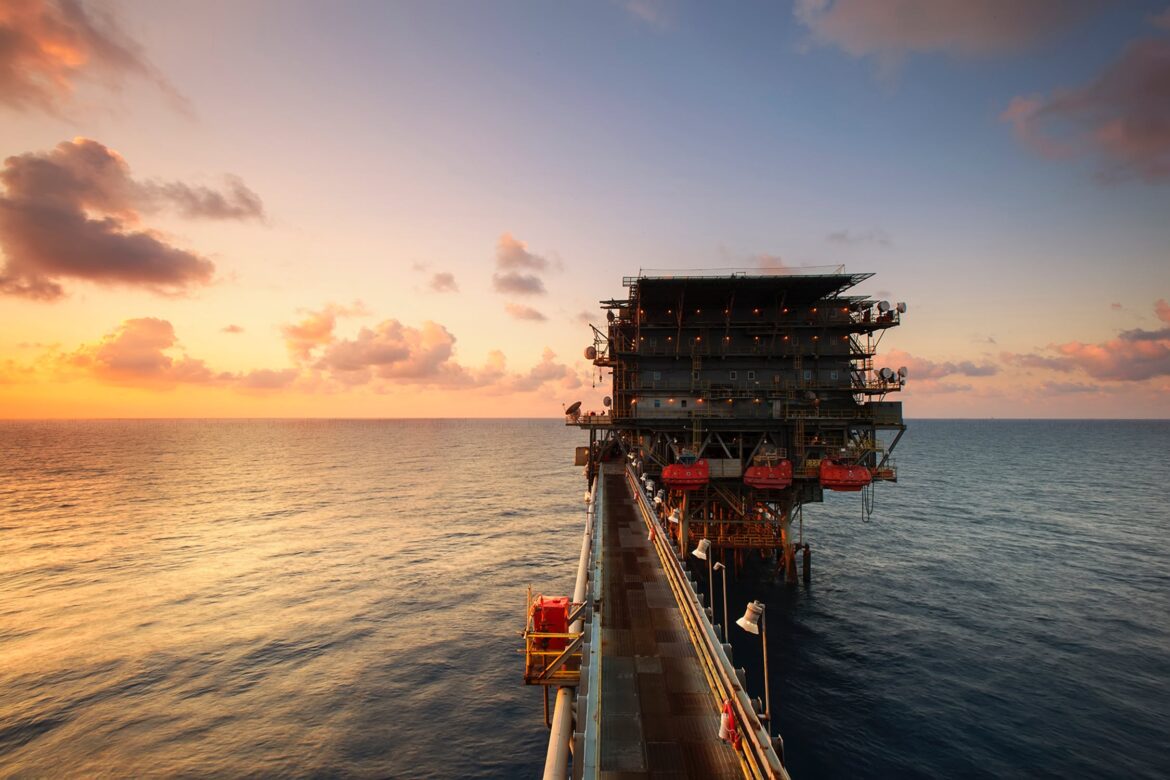| So, quietly and without fanfare the Japanese Yen slipped or is slipping to its lowest levels against its major trading partners for 50 years (although it is admitted the records prior to that are not very accurate). Why? Are the authorities allowing this to happen and will it turn into a rout? Alternatively, for the contrarian is it worth shuffling a little into Yen as a hedge against what could happen to other major currencies – perhaps, perhaps. You may not have noticed either (other than at the pumps) but Brent Crude Oil has nudged a nigh five-year high and if it bursts through that, then it will have been the highest since 2014. This too all has inflationary influences of course and the UK and US inflation rates have been bubbling higher at either the 30th or 40th-year highs. There will be the ‘pig-in-the-python’ effect of high energy prices but that will take a year to work through the system. Meantime, we have to be grateful for an economy which is now bigger than it was pre-pandemic – and it is continuing to grow as the rules relax again. I wonder too how the projection of a flat and then declining population for the UK in only three years will work through (and on house prices) as the rate of babies is dropping? In the States, US oil production will scale new peaks next year, to 12.4million barrels a day. Natural gas production will also set records over the next two years, in both instances a reversal from the descent following global carbon targets and the pandemic’s advent. Global oil and gas investment in 2022 will increase by $26billion to $628billion, analysts at Rystad Energy estimate. Drilling is climbing with 729 rigs in Northern America now, up a half on last year as prices are so high. Fossil fuels still make-up 83% of the energy mix with oil and gas alone at 56% with global demand at 100million barrels a day. Despite savage reductions as more atomic and green energy comes on stream, by 2045 this demand is expected to still be 108million barrels a day, albeit counting for ‘only’ 28% of global energy demand. |
The markets and oil prices





